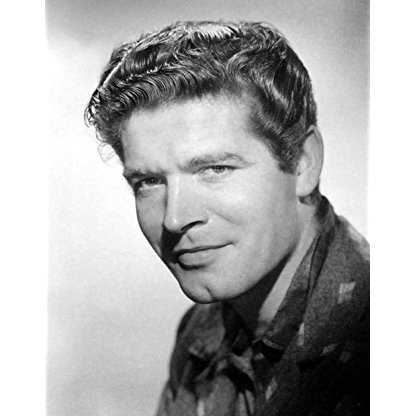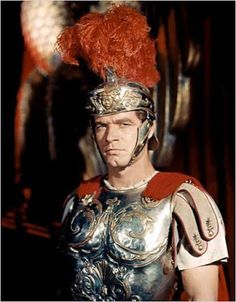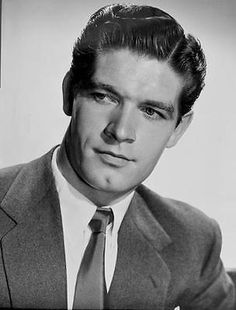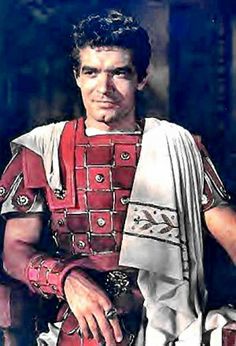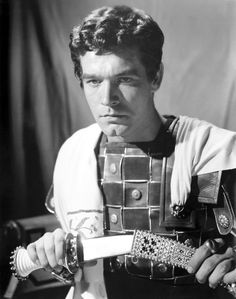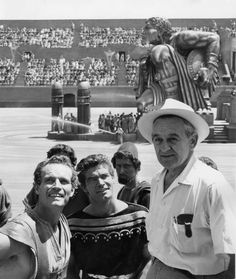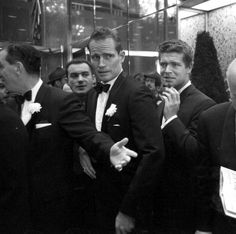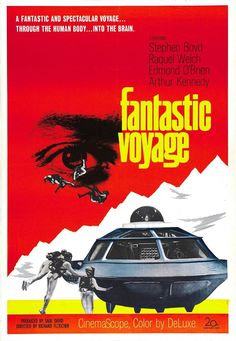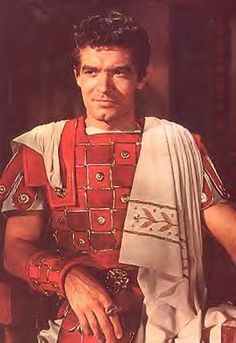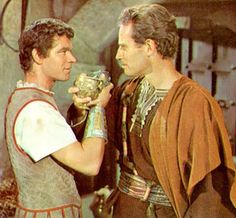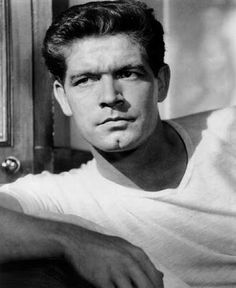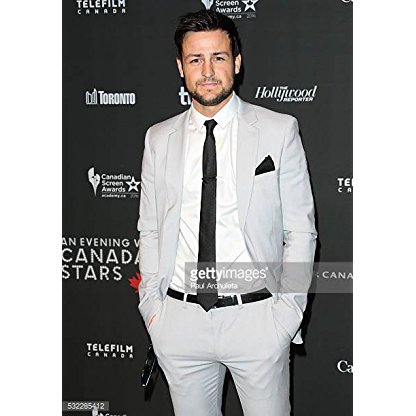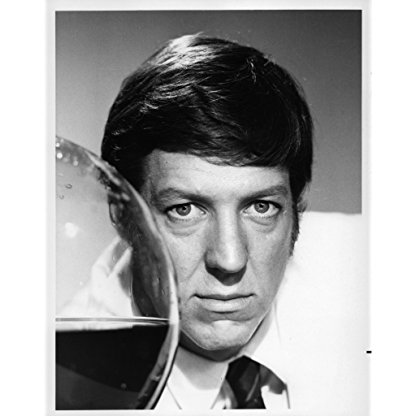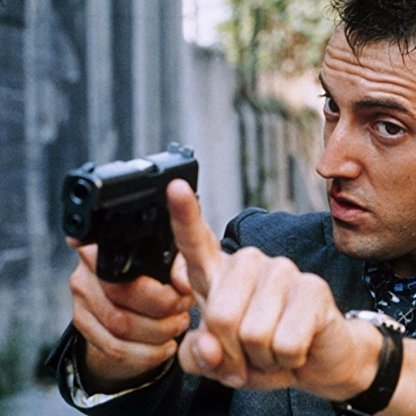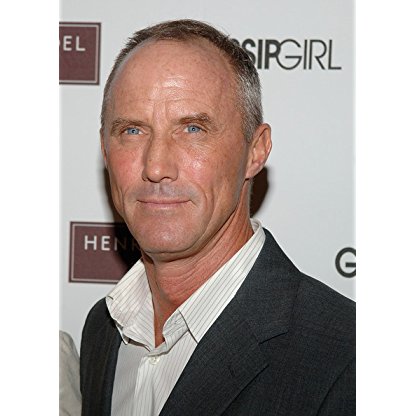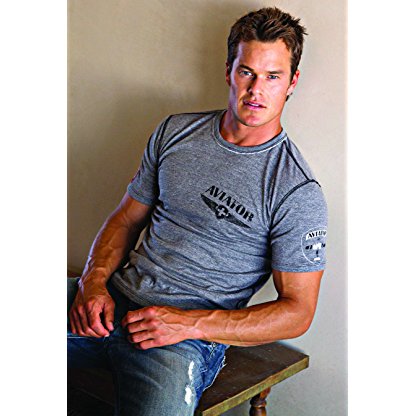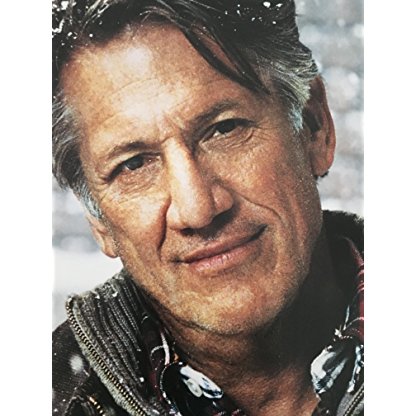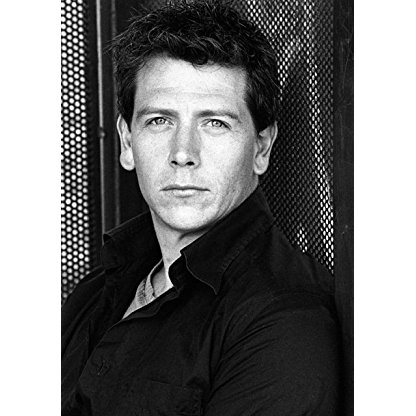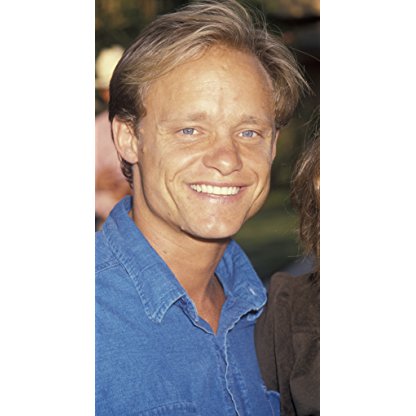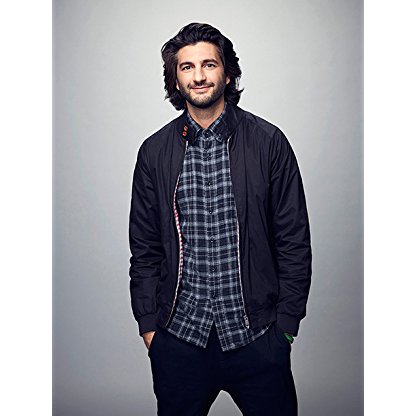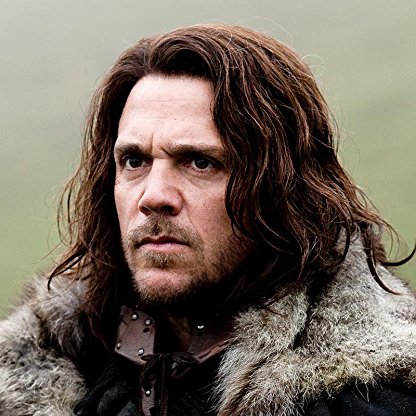Boyd had a deep and lasting friendship with Actress and French icon Brigitte Bardot. Boyd starred in two movies with Bardot — The Night Heaven Fell in 1958 and Shalako in 1968. During the filming of Shalako in Almeria, Spain, Bardot and Boyd's close relationship and open affection for each other sparked numerous rumors of a possible affair. It even caused Brigitte's husband at the time, Gunter Sachs, to ask for a divorce. In Bardot's autobiography, she described the events and states that Boyd "was never her lover, but a tender and attentive friend." In an interview with Photoplay Film in 1968, Boyd said, "Bardot is always Bardot. She's marvelous. She's an enormous star and she's a unique, marvelous woman. I adore her." Even though both actors denied the affair, the press was "convinced there was a romance afoot, that Brigitte and Boyd openly displayed their affection for each other, but that publication of the report on their romance cooled it."

